Learn More about Trans-PRK
Key Facts:
Duration: Approximately 10–15 minutes per eye
Clinic Stay: Outpatient procedure (same day)
Anesthesia: Topical anesthesia (eye drops)
Recovery Duration: 3–7 days for surface healing
Back to work: 5–7 days, depending on individual healing
Trans-PRK (Transepithelial Photorefractive Keratectomy) is a no-flap laser eye surgery technique used to correct refractive errors such as myopia (nearsightedness), hyperopia (farsightedness), and astigmatism. Unlike LASIK, Trans-PRK does not involve cutting a flap in the cornea. Instead, the outer layer of the cornea (epithelium) is removed using the laser itself before reshaping the corneal tissue underneath. This makes it a safer option for patients with thin corneas or active lifestyles.
Trans-PRK Can Help You With:
Correcting myopia, hyperopia, and astigmatism
Reducing or eliminating dependency on glasses or contact lenses
Safe vision correction for patients with thin or irregular corneas
An option for athletes and military personnel
You May Be a Suitable Candidate If:
You are over 18 years old with stable vision for at least 12 months
You have thin or irregular corneas that make LASIK unsuitable
You prefer a flap-free laser correction technique
You are in good general and ocular health
What Happens During the Procedure?
Your Trans-PRK journey begins with a detailed eye exam and consultation. Here’s what typically happens:
Digital mapping and measurements of your eyes
Administration of numbing eye drops
Laser gently removes the epithelium
Corneal reshaping with the excimer laser
A bandage contact lens is placed to protect the eye during healing
The procedure is repeated for the second eye (if necessary)

Trans-PRK Journey – Your Personalized Itinerary
Before you arrive:
Online consultation with your Ophthalmologist and Coordinator
Evaluation of your eye scans and prescriptions
Pre-travel discussion of your itinerary and medical clearance
Day 1 – Arrival:
Airport pick-up and hotel check-in
Welcome briefing with your Care Assistant
Relaxation and preparation
Day 2 – Examination and Planning:
Transport to the clinic for eye examination and scan
Meet your Specialist for final planning and measurements
Day 3 – Surgery Day:
Trans-PRK procedure performed (both eyes if applicable)
Post-op instructions and protective lenses applied
Return to hotel to rest
Day 4 – Follow-Up:
Clinic visit to monitor healing
Adjust medication or drops if needed
Day 5 – Departure:
Final check-up
Transport to the airport and travel assistance
What to Expect Before, During, and After Trans-PRK
Before Treatment:
Comprehensive scans will guide personalized laser treatment
You’ll be advised to stop wearing contact lenses in advance
Your surgeon will explain realistic expectations and recovery
During Treatment:
The procedure is painless thanks to numbing drops
You may feel mild pressure during the laser steps
No cutting or flap creation is involved
After Treatment:
Mild to moderate discomfort for 2–3 days
Blurry vision gradually improves over the first week
Full visual recovery in 2–4 weeks
Follow care guidelines and use prescribed drops
Recovery After Your Trans-PRK Surgery
First 24–72 Hours:
You may experience light sensitivity, tearing, and a gritty feeling. Avoid bright lights and rest your eyes as much as possible. Use protective glasses when needed.
Week 1:
Your vision will begin to stabilize. Avoid makeup, swimming pools, and dusty environments. Attend your follow-up appointments.
Month 1:
Most patients experience clear, stable vision. Continue eye drops as prescribed and avoid eye strain.
Long-term Results:
Trans-PRK provides lasting vision correction. Routine eye exams and UV protection help maintain optimal results.
Get Started Now!
In-country ground transportation
Personal Care Assistant during your stay
5-Star Hotel Accommodation
Pre-operative consultation and scans
Trans-PRK procedure
Post-operative medications and protective lenses
Travel insurance
Frequently Asked Questions
We understand that traveling abroad for medical care can raise many questions. That’s why we’ve compiled answers to the most common inquiries about our services.
Is Trans-PRK safe?
Yes, Trans-PRK is a safe and well-established procedure. It is often recommended for patients with thin or irregular corneas because it does not involve creating a flap, which reduces the risk of complications.
How is it different from LASIK?
The main difference is that Trans-PRK does not involve cutting a flap in the cornea. Instead, the laser removes the outer layer (epithelium) before reshaping the cornea. This makes it a better option for certain patients, especially those with active lifestyles or thinner corneas.
Will I feel pain during or after the procedure?
You won’t feel pain during the procedure due to numbing drops. Afterward, you may experience mild to moderate discomfort for a few days while the surface of the eye heals. Eye drops and protective lenses help ease this period.
How soon will I see clearly?
Most patients experience blurry vision in the first few days. Vision gradually improves over the first week and continues to sharpen over the following weeks. Full visual clarity is usually achieved within 2 to 4 weeks.
Can both eyes be treated at once?
Yes, in most cases both eyes can be treated during the same session. Your ophthalmologist will evaluate your condition and determine if same-day bilateral treatment is appropriate for you.
The information provided here within should not be construed in any way as medical guidance or advice. Please consult with your medical professional. This content is for informative purposes only and may be subject to updates or changes.


